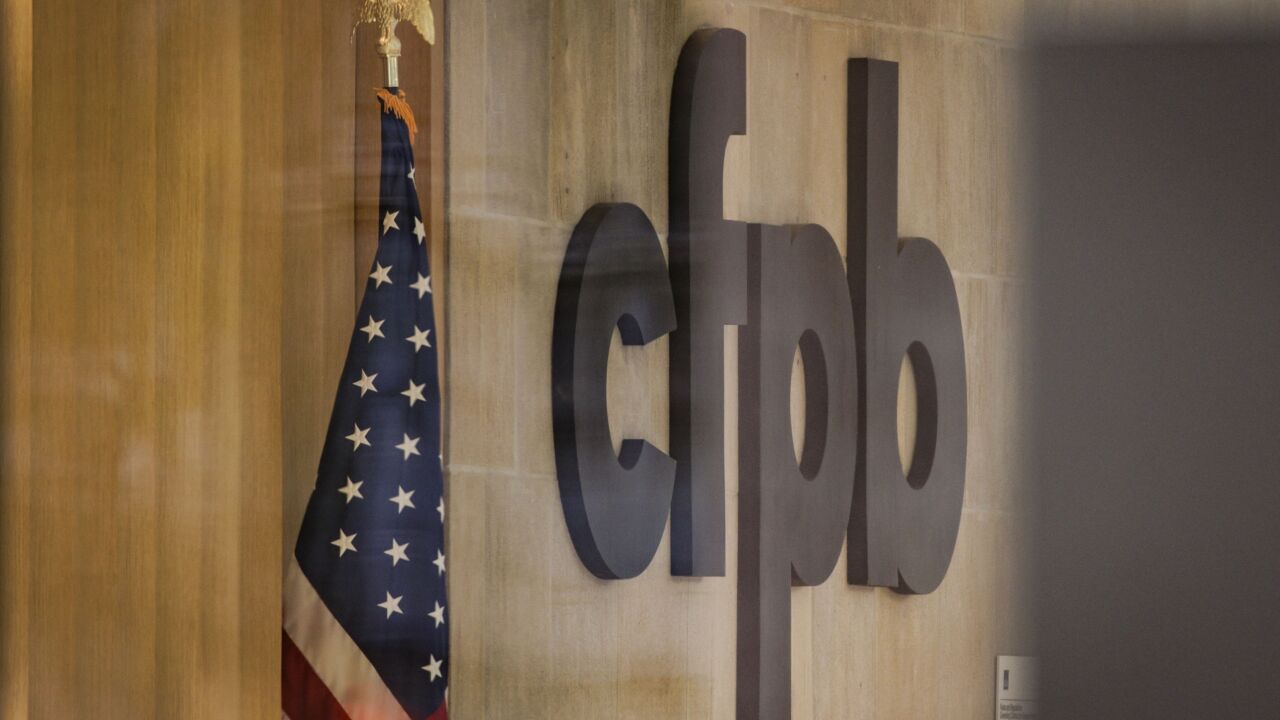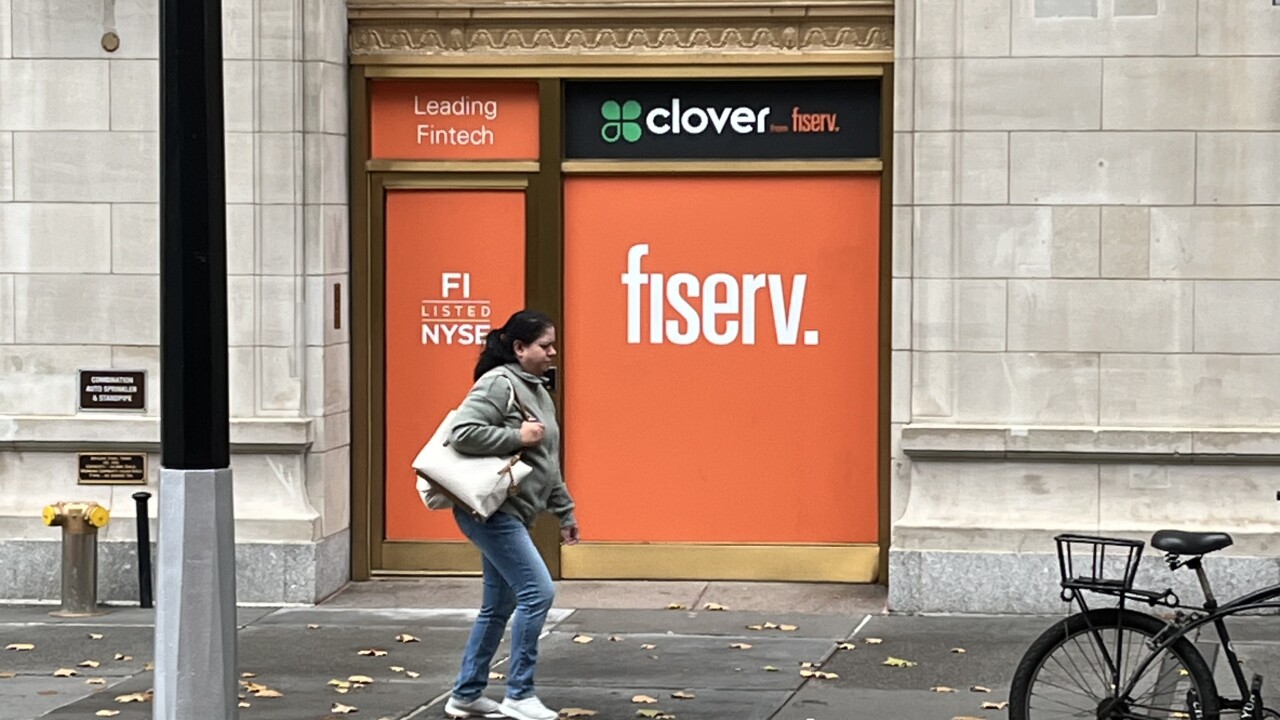

The $535 million CU said the facility which is its fifth branch is a first-of-its-kind banking concept in Hawaii. Kahala Mall is one of the largest shopping destinations on the island of Oahu, and the credit union said members will be able to conduct many of the typical teller transactions themselves through several self-service touchpoints.

In addition, credit union representatives are available to provide personalized service with account transactions or information about the various products and services that Hickam FCU offers.
Shown above are Lei-Ann Nishihama and Al Jon Pua, both member relations representatives at the Kahala branch.

"The innovative Hickam FCU Kahala Mall branch is situated in a high-traffic retail environment and located conveniently for existing members, who reside or work on the east side of the island of Oahu," the CU said in a statement.

"The kiosk branch moves the credit union member service representatives out from behind the teller counter and allows them to interact openly with members and the public with their financial needs," it said.

The virtual branches, located on the campuses of University of Michigan-Flint and Washtenaw Community College, allow members to video chat with representatives located at the CU's main headquarters in downtown Ann Arbor. Using the remote conference technology, as well as iPads that are provided at the branch, members can do everything from depositing a check to applying for a car loan or a Visa credit card.
"These new branches are all about continuing to amaze our members by providing the services they want in new and innovative ways," Tiffany Ford, president and CEO of UMCU, said in a statement.
"University of Michigan Credit Union member service representatives are ready to assist with all of our members' financial needs. At our virtual branches, this is done remotely using a secure and confidential connection," explained Ford.

"We want to make sure we are offering the best possible individual experience for each member, whatever their preference may be," said Ford. "It is important to us that the member is in control of how we assist them, whether that is in person, online or now at one of our virtual branches."



In its new-model branches, Elevations uses what other FIs refer to as "universal agents," but the CU calls them financial services guides. According to Champion, the combination of the new surroundings and the guides that can do much more than tellers has been a huge boon for the credit union and the members alike.
"They have consistently been at the top of producing loyalty and cross-sales as we have introduced them to our existing branches," he said. "We are delivering more loans through this model, and double-digit, year-over-year new member acquisition. We also have seen loan-to-share ratio climb at locations where these elements of the 2.0 model are being rolled in."

Champion said the goal of making the branching experience more relaxed and consultative has been achieved.
"These new branches are very comfortable for members, and this allows our people to transition into a conversation as to what their financial needs and goals are. This leads to our being able to say how the credit union can help. This is very different from someone just coming in to perform a transaction."

The CU will continue remodeling its existing branches into Branch 2.0 models on a rolling basis, he said.
"The new branches have been rated higher by members than traditional branches, and they are taking out more loans at those branches. They are even attracting a younger demographic because they feel comfortable coming in and talking to us," Champion said. "This is the way credit unions ought to be rethinking their real estate in branches. These new branches are helping us compete with Wells Fargo and Chase. The big banks are continuing to innovate what they do with their branches, so credit unions need to do the same."





